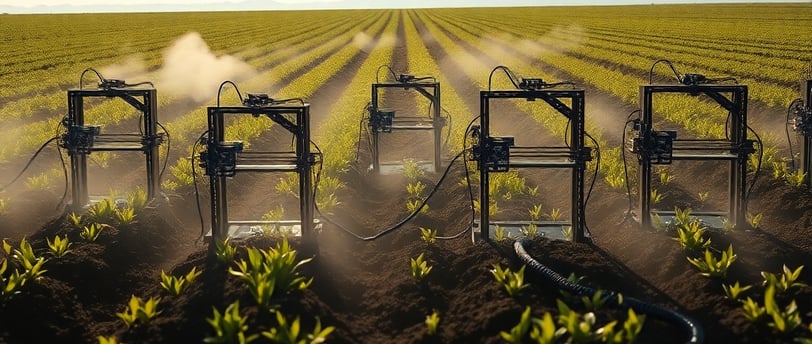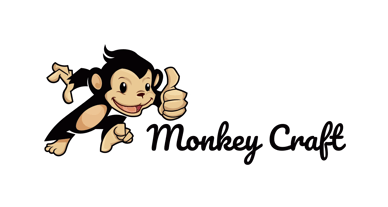What is a print farm?
How about a garden
3/22/20251 min read


A 3D print farm is a network of multiple 3D printers working together to mass-produce prints efficiently. Instead of relying on a single printer, businesses use multiple machines to handle large orders, reduce downtime, and scale production.
The number of 3D printers in a print farm varies widely depending on the scale, purpose, and industry. Here’s a general breakdown:
Small-Scale Print Farms (Hobbyists & Small Businesses)
5–20 printers
Typically run by small businesses, Etsy sellers, or prototyping studios.
Mostly FDM (filament-based) printers due to affordability and ease of use.
Medium-Sized Print Farms (Growing Businesses & Startups)
20–100 printers
Often includes a mix of FDM, resin (SLA), and SLS for different applications.
Used for on-demand manufacturing, custom parts, and batch production.
Requires better automation, maintenance, and workflow management.
Large-Scale Industrial Print Farms (Mass Production & Enterprises)
100–1,000+ printers
Used by companies like Prusa Research, Formlabs, and Shapeways for high-volume production.
Includes robotic automation, centralized control software, and AI-powered monitoring.
Often uses high-end industrial 3D printers (e.g., metal printing, high-speed SLA, or SLS).
Mega Print Farms (Leading Industry Players)
1,000–10,000+ printers
Large corporations like HP, Adidas (for midsoles), or medical device manufacturers operate massive print farms.
Focus on scalability, mass production, and supply chain integration.
As a beginner or hobbyist you can start a 3D print garden which is similar to a 3D print farm, but it's typically a smaller. It's a more decentralized setup focused on variety over mass production. Instead of running dozens of identical prints like in a print farm, a print garden is used to test different designs, prototypes, and creative prints at the same time.
